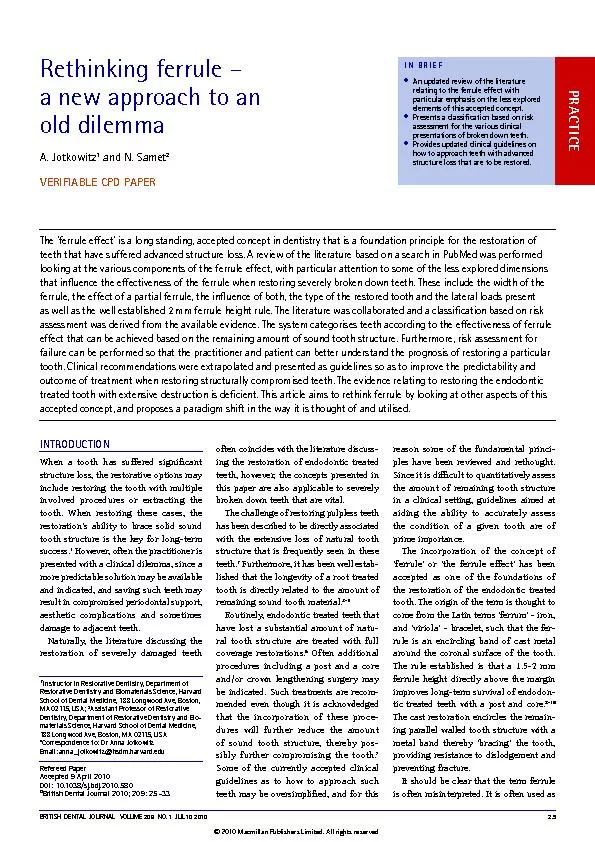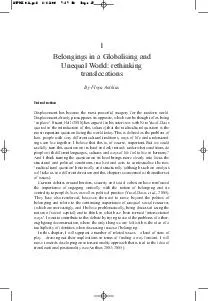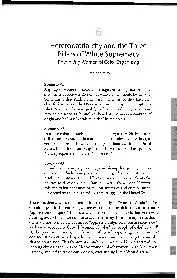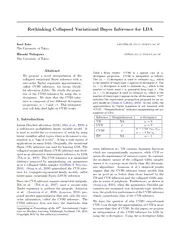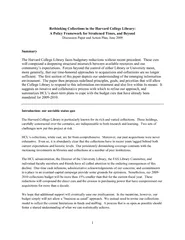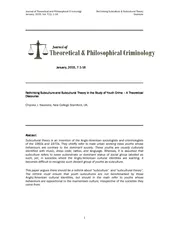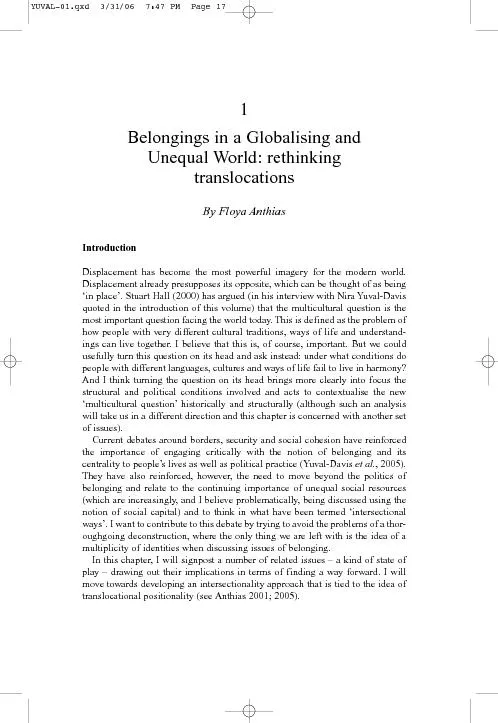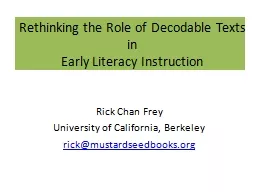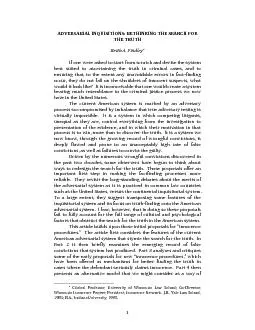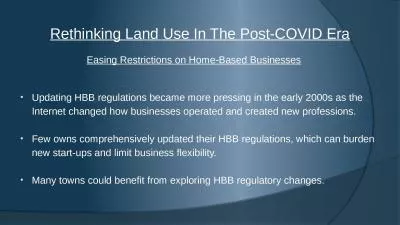PDF-Rethinking ferrule
Author : giovanna-bartolotta | Published Date : 2016-03-25
a new approach to an old dilemma A Jotkowitz 1 and N Samet 2 VERIFIABLE CPD PAPER often coincides with the literature discuss ing the restoration of endodontic treated
Presentation Embed Code
Download Presentation
Download Presentation The PPT/PDF document "Rethinking ferrule " is the property of its rightful owner. Permission is granted to download and print the materials on this website for personal, non-commercial use only, and to display it on your personal computer provided you do not modify the materials and that you retain all copyright notices contained in the materials. By downloading content from our website, you accept the terms of this agreement.
Rethinking ferrule : Transcript
Download Rules Of Document
"Rethinking ferrule "The content belongs to its owner. You may download and print it for personal use, without modification, and keep all copyright notices. By downloading, you agree to these terms.
Related Documents

